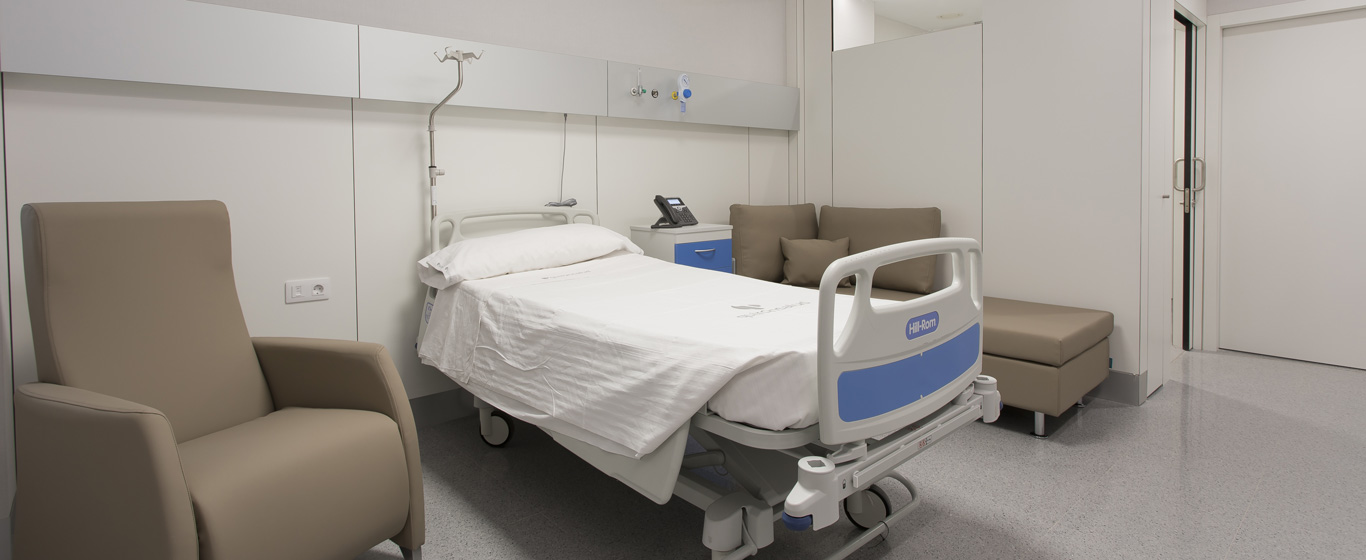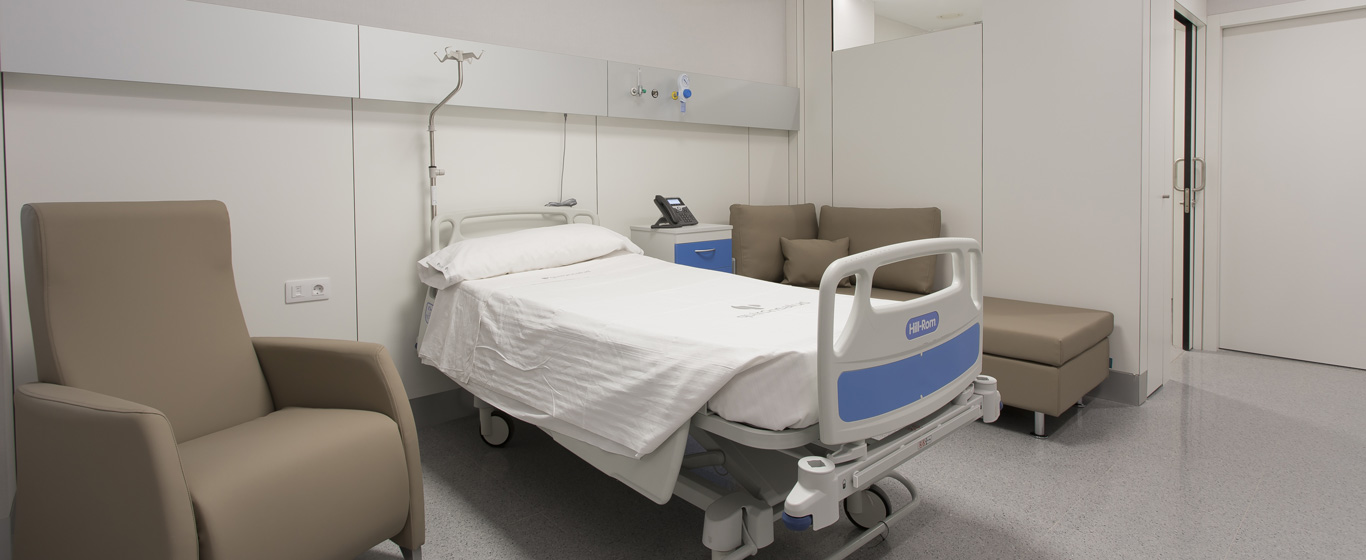Ergometry
Ergometry is a test that measures the heart’s response to exertion. To do this, an electrocardiogram is performed while the patient exercises under controlled conditions at a medical facility.

General Description
Ergometry, or the stress test, is one of the most commonly used procedures in cardiology. It is primarily used to diagnose angina in patients with chest pain and to assess how the heart responds to exercise, as certain cardiovascular diseases (such as coronary artery disease) may not be apparent at rest but become evident when the heart's pumping force and frequency increase. It is also a valuable technique for evaluating the effects of treatments on the heart or determining the most appropriate therapy and whether medication adjustments are necessary.
Typically, the exercise involves walking on a treadmill or pedaling on a stationary bike. For the most reliable results, the patient must exert maximum effort. Since the test is monitored at all times, specialists stop it before it poses any risk to the patient's health.
When ergometry does not yield clear results, it may be repeated in combination with imaging diagnostic techniques, such as echocardiography or cardiac scintigraphy, to provide additional information.
When is it indicated?
A stress test helps assess common cardiology symptoms such as chest pain or shortness of breath. Ergometry is an effective method for diagnosing coronary ischemia, myocardial infarction, cholesterol plaque buildup in blood vessels, valvular diseases, arrhythmias, or cardiomyopathies.
It is also indicated for evaluating the heart’s condition before undergoing surgery, identifying the most appropriate treatment for an existing condition, or assessing its effectiveness.
How is it performed?
Before starting the test, blood pressure and pulse are measured. Additionally, a resting electrocardiogram is performed—one while lying down and another while standing—by placing adhesive electrodes on the patient’s chest for continuous electrocardiographic monitoring.
Once the baseline vitals are recorded, the actual ergometry begins. The patient exercises on a stationary bike or treadmill with progressively increasing intensity, following predetermined protocols. The workload gradually increases (usually every three minutes), starting with mild movement and building up to the individual's maximum capacity. At this point, the patient must inform the specialist. Throughout the exertion phase, both the heart’s electrical activity and blood pressure continue to be monitored.
Risks
In general, a stress test does not pose a health risk. However, some patients may experience low blood pressure, syncope, arrhythmias, or myocardial infarction.
In rare cases, irritation may occur at the site where the electrodes were attached.
What to expect from an ergometry test
The stress test is an outpatient procedure that does not require hospitalization or post-test observation. Therefore, patients can resume their daily routine immediately afterward.
On the day of the appointment, patients should wear comfortable clothing and sneakers. The entire procedure usually takes about an hour, though the exercise phase typically lasts no more than 15 to 20 minutes. Those who cannot exercise receive an intravenous medication that mimics the effect of physical exertion on the heart.
Throughout the test, electrodes remain in place to record the electrocardiogram, and a blood pressure cuff is used. Although the effort may be challenging, reaching maximum exertion is crucial. Otherwise, the test may not produce the expected results.
Once the test is complete, vital signs and the heart’s response continue to be monitored until they return to baseline. After a short resting period (3 to 5 minutes), the patient can leave the medical facility.
If necessary, chest hair may be shaved to ensure proper electrode attachment.
Although ergometry can be uncomfortable due to the physical effort involved, it is not painful.
Test results are provided during a follow-up consultation a few days later.
Specialties that request ergometry
Stress tests are commonly used in cardiology.
How to prepare
Preparation for ergometry depends on the patient’s specific circumstances, so the specialist provides instructions before the appointment. In general, patients are usually advised to avoid alcohol, caffeine, and tobacco in the days leading up to the test. Additionally, stopping certain medications before the procedure may be necessary.










































































































